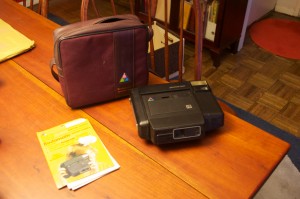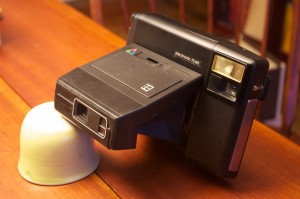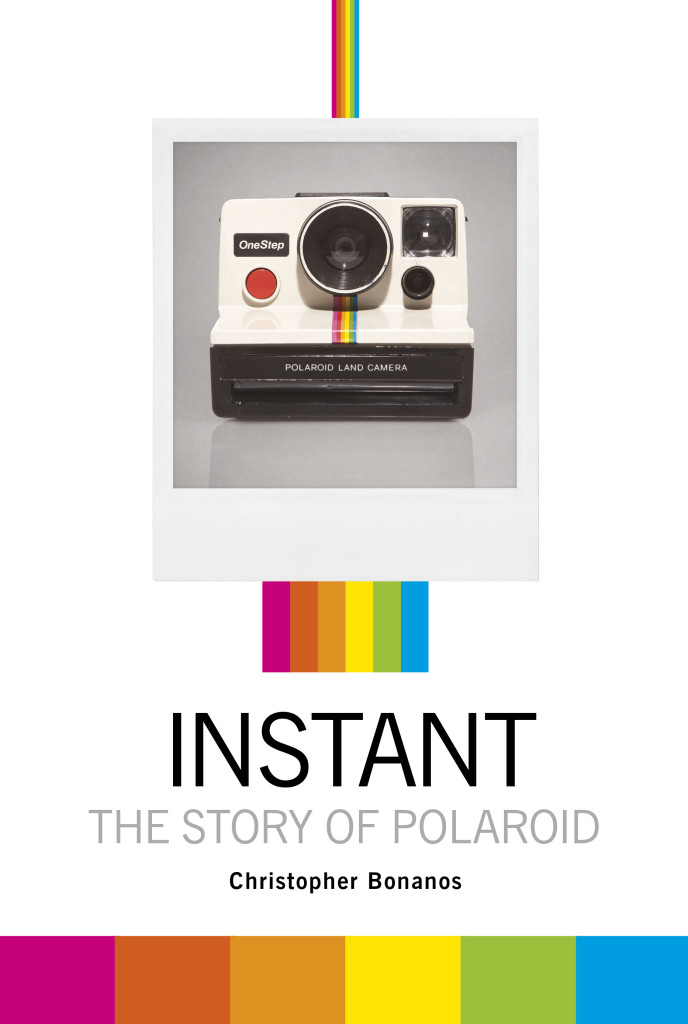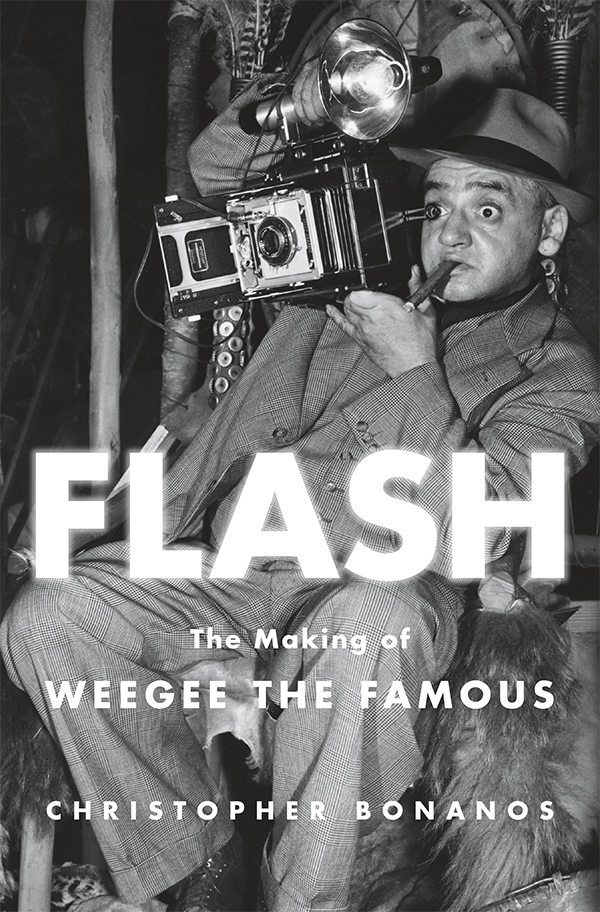Instant Artifact: Kodak’s Polaroid Moment
They’d hate me for that headline, but it turned out to be accurate.
To recap the story, quickly: In 1976, Polaroid’s only great competitor, Eastman Kodak, launched its own line of instant cameras. Kodak’s lawyers and engineers believed that they’d dodged and weaved their way around Polaroid’s patents; Polaroid emphatically disagreed, and a week later sued. Fourteen and a half years in court ensued, and Polaroid won. Kodak had to write a check for the largest settlement ever paid out in a patent trial—$925 million—and Judge Rya Sobel, in a serious rebuke, barred the company from the instant-photo business altogether. Owing to a class-action suit, Kodak had to buy back all the cameras for which it could no longer supply film.
I included a chapter in INSTANT about the case of Polaroid v. Kodak, and in our age of patent mills and relentless intellectual-property defense, it’s still a relevant story. As it happens, I recently received (from my wife’s aunt Margaret) one of Kodak’s own instant cameras, and packaged with it was some firsthand evidence of the story: the documentation consumers received in the class-action suit. Here’s the camera, a Kodamatic 960 made in the early 1980s and bought in a kit at J.C. Penney.
 Unlike the earlier Kodak instant cameras, most of which were clunky, ugly things, this one’s not bad. It’s not nearly as elegant as an SX-70, nor is it an SLR, but it pops up in somewhat the same way. Here it is in the open position:
Unlike the earlier Kodak instant cameras, most of which were clunky, ugly things, this one’s not bad. It’s not nearly as elegant as an SX-70, nor is it an SLR, but it pops up in somewhat the same way. Here it is in the open position:
 You’ll notice that it’s missing a piece of trim on the front panel. That was where the nameplate was. When Kodak was enjoined to quit the instant-photo business, it sent a letter to all owners saying, in effect, “send back the nameplate and we’ll send you payment.” Here’s that letter, with addressee information digitally scrubbed off. (The dot-matrix type will push a different nostalgia button, for anyone who spent time in an office in the 1980s—this is from the sort of printer or electronic typewriter that we laughably used to call “letter-quality.”)
You’ll notice that it’s missing a piece of trim on the front panel. That was where the nameplate was. When Kodak was enjoined to quit the instant-photo business, it sent a letter to all owners saying, in effect, “send back the nameplate and we’ll send you payment.” Here’s that letter, with addressee information digitally scrubbed off. (The dot-matrix type will push a different nostalgia button, for anyone who spent time in an office in the 1980s—this is from the sort of printer or electronic typewriter that we laughably used to call “letter-quality.”)
And here’s the actual printed documentation of the class-action suit that went to owners. They could receive cash or Kodak stock. I’ve heard stories about people who went to yard sales, scooping up Kodak instant cameras and trading them for shares, which were blue-chip in those days. People apparently still try it, too: Kodak’s Website still bears a notice saying that the offer has expired.
It’s almost 23 years later, and nobody’s ever paid out a patent settlement this big. Last August, Apple v. Samsung briefly overtopped it, at $1.3 million—but that judgment has since been reduced, and Kodak retains the ignominious title. (Another Apple-Polaroid parallel, among many.) Here’s a testament to the bad situation Polaroid had got into by the late 1990s: A billion dollars arrived in 1991, and by the end of 2001 the company was in bankruptcy anyway. What a mess.
As I said, I wrote a chapter about this in my book, and the lawsuit was well addressed in Victor McElheny’s biography of Edwin Land, Insisting on the Impossible. The real story, though, is forthcoming: Ron Fierstein, who was one of the top lawyers on the case (working for Herbert Schwartz, at the firm Fish & Neave), has written on a whole book about it, and it sounds like it’ll be out within the year. Needless to say, I’m looking forward to reading it.
2 Responses to Instant Artifact: Kodak’s Polaroid Moment
Leave a ReplyCancel reply
LEGALITIES
This site is not connected with or endorsed by Polaroid or PLR IP Holdings, owners of the Polaroid trademark.ON TWITTER
My TweetsBlogroll
- 'Insisting on the Impossible'
- Everything Reminds Me of You
- Flickr's Polaroid group
- Instant Options
- LandCameras.com
- Paul Giambarba: Analog Photography At Its Best
- Paul Giambarba: The Branding of Polaroid
- Polaroid
- Polaroid SF
- Rare Medium
- The Impossible Project
- The Land List
- The New55 Project
- Vintage Instant












[…] than a year ago here, I mentioned a history of Polaroid by Ronald K. Fierstein that was in the works. A Triumph of […]
Would like to know how to find my stock share, I misplaced my certificate